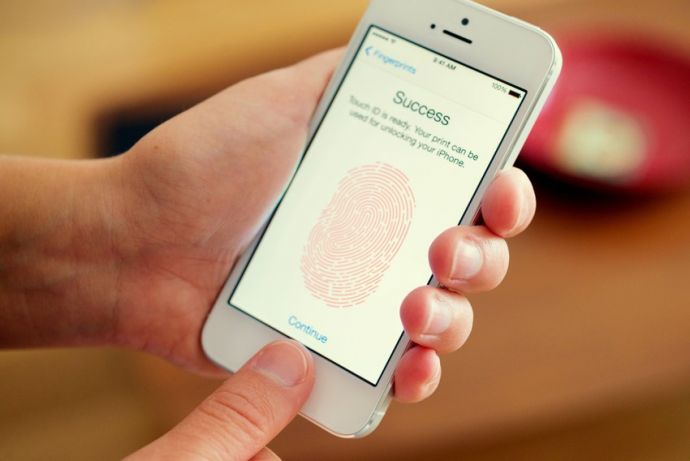Skype, a free end-user VOIP client, has made a video-calling API available to developers as part of its SkypeKit. This API can be customized and inserted into desktop applications and consumer electronics applications (except for mobile and tablet devices), according to Chris Andrews, group program manager for the Skype developer program.
“Skype released its first public API in 2004,” he said. “The biggest request was for a so-called ‘headless version’ of Skype that was all the functionality of the application without the user interface. That was available through SkypeKit in June 2010. Now, we’ve added a video API so developers can embed Skype video into their Mac, Windows and Linux desktop applications.”
Andrews added that Skype has also partnered with consumer electronics manufacturers to offer the application in televisions, surveillance devices (such as baby monitors), and gaming systems.
Developers can join the developer program for US$10 and then get access to the Skype SDK. Skype applications support Android and Linux for consumer electronics, and Linux, Mac and Windows for desktop applications. Developers should know C++, Java or Python to work with the kit, and it is not yet HTML5-compatible.
Andrews said Skype isn’t focused on inserting the calling and video functionality in browsers at this point, as it sees greater reach in consumer electronics.
Enterprise developers can use these capabilities to create employee-specific Skype applications, such as one for customer-service representatives, which can then communicate with end-user Skype clients. At this point, video calling is only one caller to one caller, but Andrews said multi-call functionality is in the works.
Developers can also use these APIs to create applications that can be sold or distributed freely in the Skype App Directory. If developers choose to sell the applications, they are subject to a 70/30 split with Skype, similar to other major application stores.
These applications, Andrews said, extend the user experience for Skype. For example, if an end user wants to record a video call, he or she could check the App Directory and purchase such an application.
Skype for television, in Andrews’ opinion, is the best way for non-Skype users to interact with the technology, because it is built in to the device. The company has mobile applications for Android and iOS, but it will not be opening those up to developers for now.
Developers creating applications with SkypeKit do not have to have the same user interface as Skype’s applications. Andrews said the company wants end users to understand that they are using Skype’s technology, so that end users still see the Skype logo on third-party applications. To that end, a third-party brand—Plugged into Skype—has been created for these partners to use.





